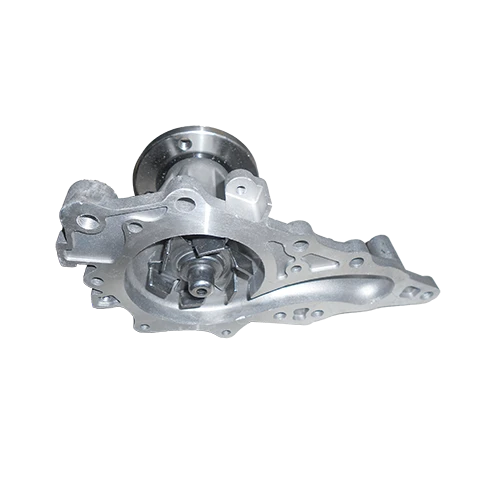Mobile:+86-311-808-126-83
Email:info@ydcastings.com
Weldable End Caps for Tubing Applications and Custom Fabrications
Understanding Weld-On Tubing End Caps A Comprehensive Overview
Weld-on tubing end caps are essential components in various industrial and construction applications, allowing for the secure closure of open tubing ends. These caps are designed to be welded directly onto the tubing, creating a robust seal that prevents contamination, fluid leakage, and structural compromise. In this article, we will explore the various aspects of weld-on tubing end caps, including their materials, applications, installation methods, and benefits.
Materials
Weld-on end caps are typically manufactured from a range of materials, each selected based on the intended application and the environment in which they will be used. Common materials include
1. Steel This is one of the most used materials due to its strength and durability. Steel end caps can withstand significant pressure and are ideal for high-stress applications.
2. Stainless Steel Known for its corrosion resistance, stainless steel is often used in applications where the end caps will be exposed to moisture or harsh chemicals. It is commonly used in food processing, pharmaceuticals, and marine applications.
3. Aluminum Lightweight and resistant to corrosion, aluminum end caps are often utilized in industries where weight is a critical factor, such as aviation and automotive.
4. Plastic For applications that do not require high strength, plastic end caps can provide an economical solution. They are often used in plumbing and irrigation systems, where corrosion is a concern.
Applications
Weld-on tubing end caps are used in a diverse array of industries
- Construction In building frameworks, end caps can close steel or aluminum tubes used for structural support. - Oil and Gas These caps are often employed in pipelines to ensure integrity and prevent spills, vital for environmental protection and safety.
- Manufacturing In various manufacturing processes, weld-on caps are used to seal off tubes containing fluids, gases, or powders.
- HVAC Systems Many heating, ventilation, and air conditioning systems rely on weld-on caps to seal ductwork and piping.
weld on tubing end caps

Installation Methods
The installation of weld-on tubing end caps involves several steps
1. Preparation The tubing ends must be cleaned and prepared to ensure a solid weld. This may involve removing any rust, debris, or paint that could affect the welding process.
2. Alignment The end cap should be properly aligned with the tubing, ensuring a snug fit. Misalignment can lead to weak spots and potential leaks.
3. Welding Using a suitable welding technique—TIG, MIG, or stick welding—the end cap is fused to the tubing. The choice of welding method depends on the materials and thickness involved.
4. Finishing After welding, it is vital to inspect the joint for any defects and perform any necessary finishing work, such as grinding or painting, to prevent corrosion.
Benefits of Weld-On End Caps
The advantages of using weld-on tubing end caps extend beyond merely closing open tubes
- Strength The welding process creates a solid, permanent bond that is often stronger than the materials being joined.
- Leak Prevention Proper welding ensures a leak-proof seal, which is critical in many applications, particularly in fluid transport.
- Versatility With a variety of materials available, these end caps can be customized for specific industrial needs and environments.
- Cost-Effectiveness The durability and reliability of weld-on caps can reduce long-term maintenance costs and downtime in production.
In conclusion, weld-on tubing end caps serve a vital role across multiple industries, providing crucial protection and structural integrity. By understanding their materials, applications, installation processes, and benefits, businesses can make informed decisions regarding their implementation in various projects. Whether in construction, oil and gas, or manufacturing, these components are essential for ensuring safety, efficiency, and long-term durability.
-
Impeller Technology That Powers Precision in Pump SystemsNewsMay.22,2025
-
Valve Durability Begins with Quality Cast Iron ComponentsNewsMay.22,2025
-
Performance Cooling with Advanced Automobile Water Pump SolutionsNewsMay.22,2025
-
How Motor Housing and Oil Pans Shape Engine PerformanceNewsMay.22,2025
-
How Metal Castings Drive Modern Manufacturing EfficiencyNewsMay.22,2025
-
Exploring the Engineering Behind Valve Body CastingsNewsMay.22,2025











